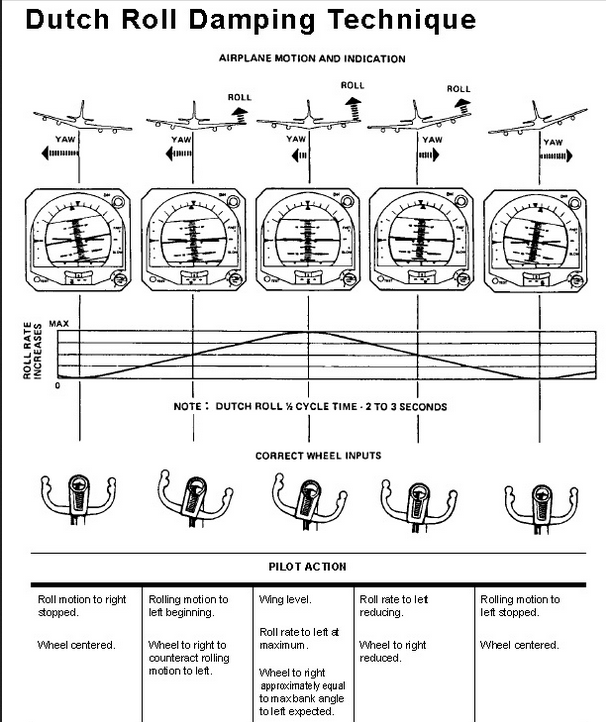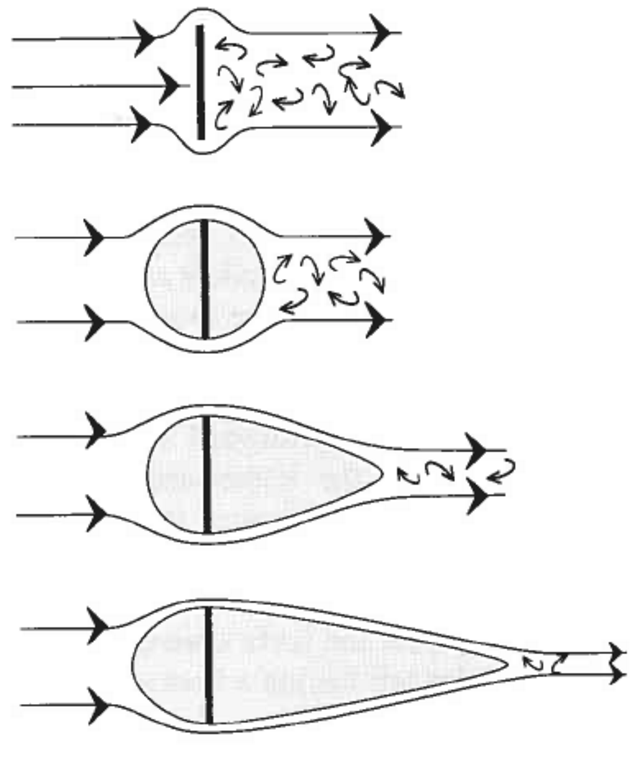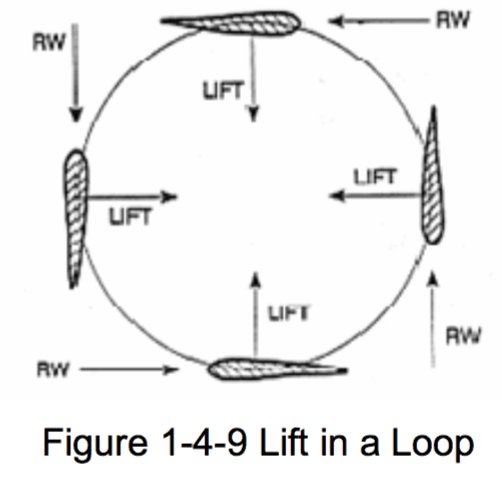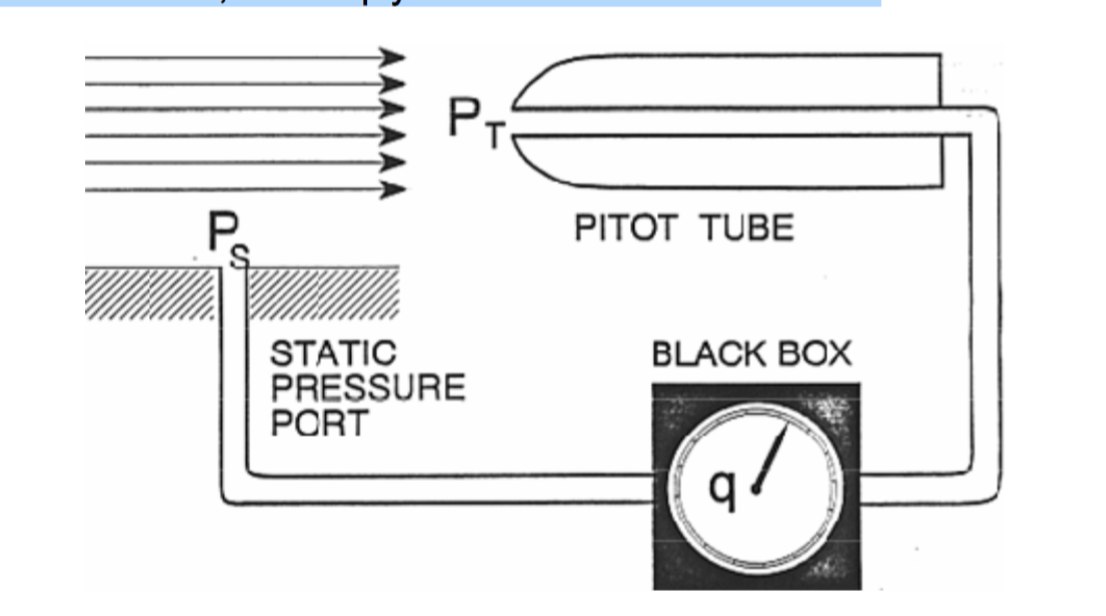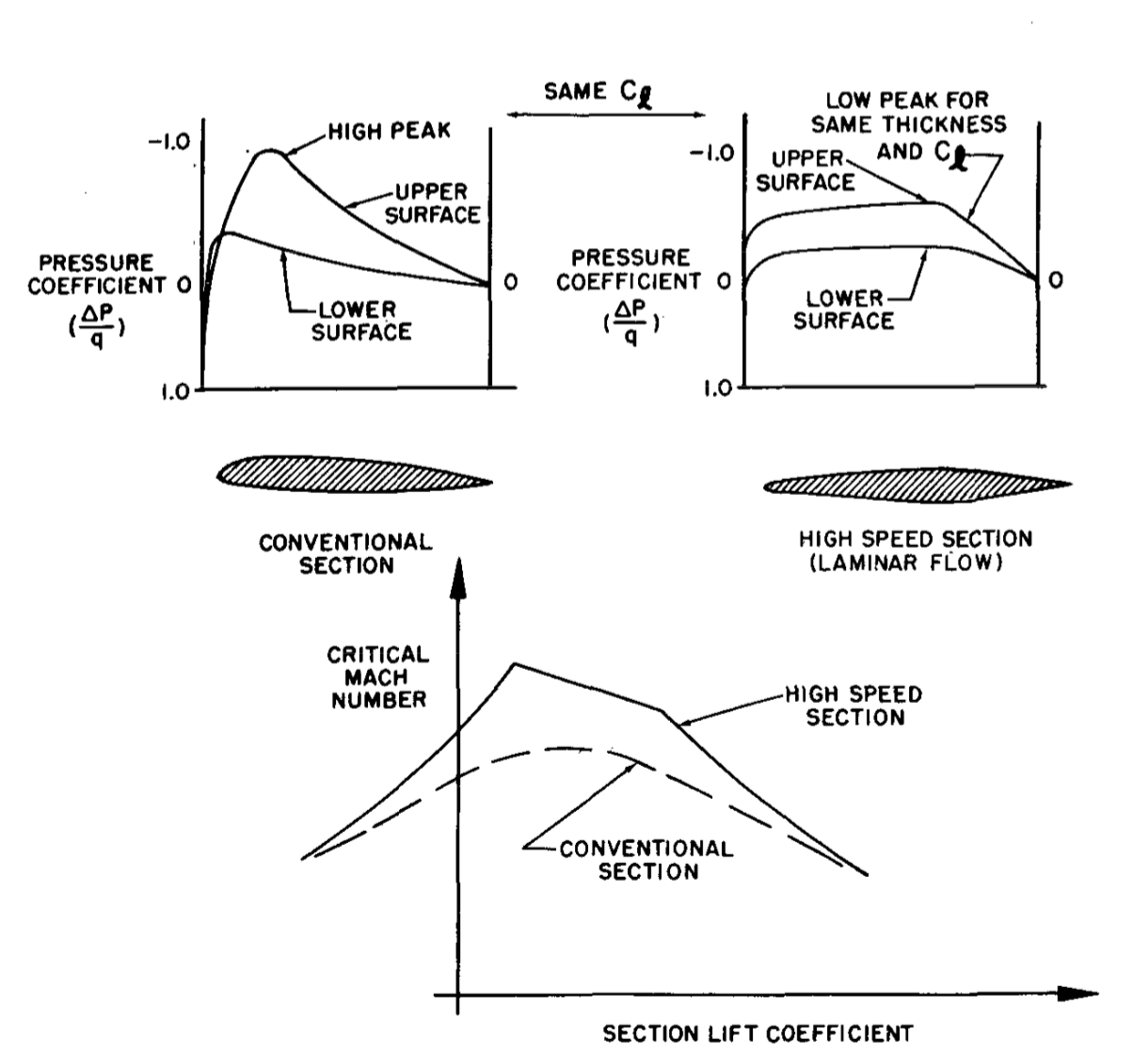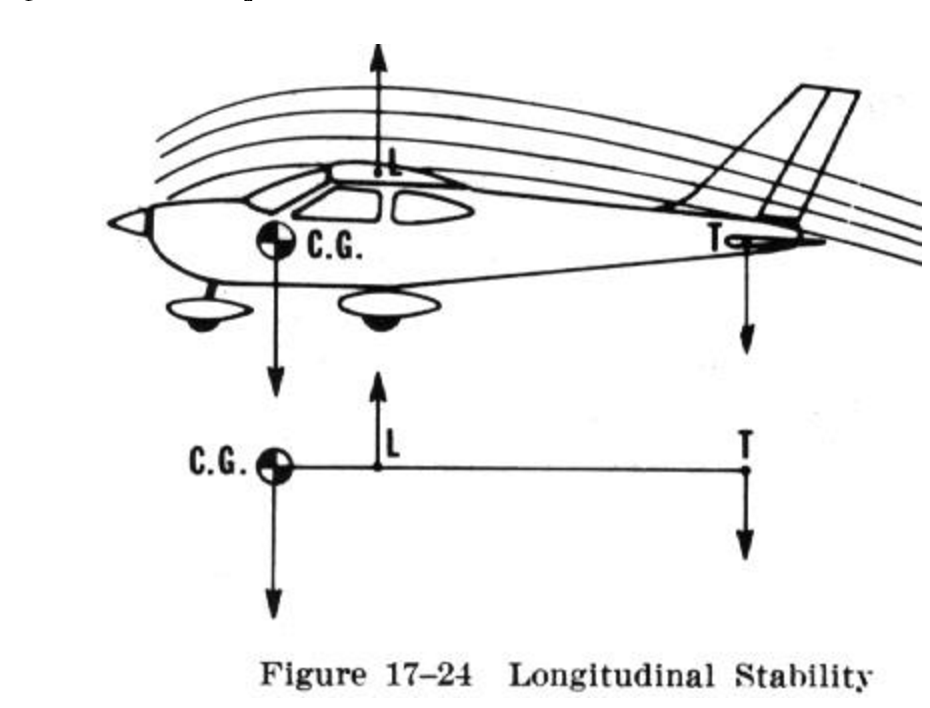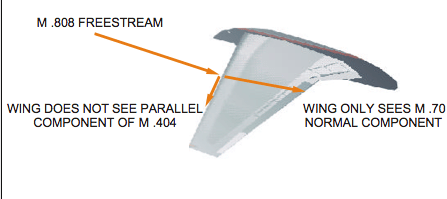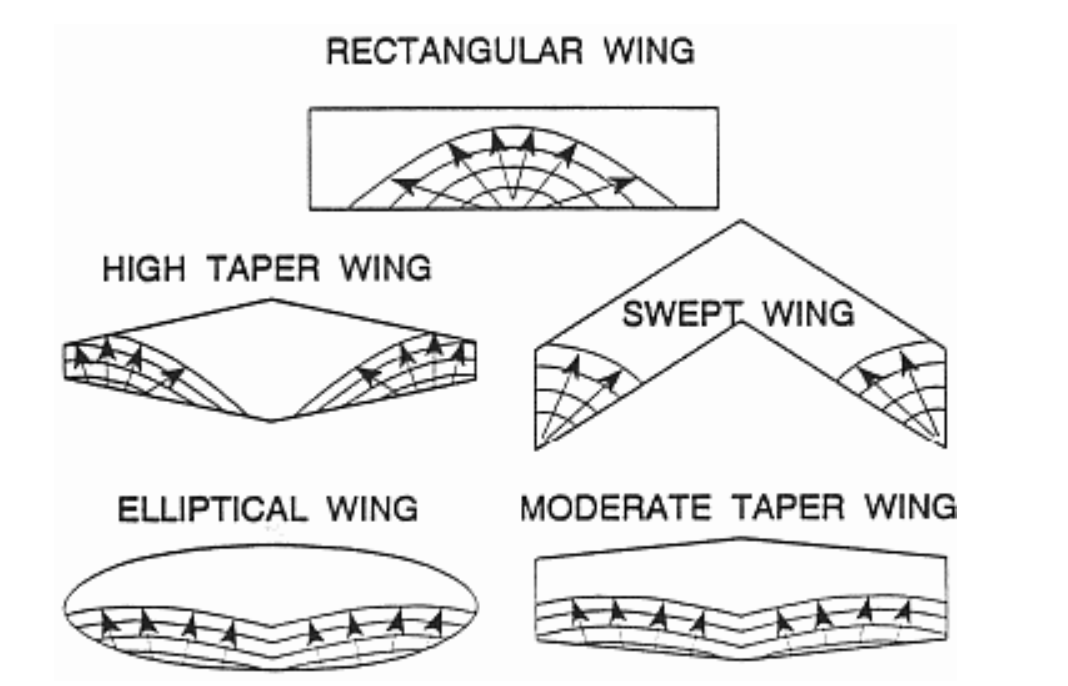
Stall Pattern and Wing Design
admin@readysettakeoff.com

Related Articles
-
Controllability Factors
Jet Brain, , Aerodynamics, 0
You are unauthorized to view this page. Please login your credentials Username Password Remember Me Forgot Password
-
Drag Reveiw
Jet Brain, , Aerodynamics, 0
You are unauthorized to view this page. Please login your credentials
-
Factors Affecting Lift
Jet Brain, , Aerodynamics, 0
You are unauthorized to view this page. Please login your credentials
-
Airspeed Measurement
Jet Brain, , Aerodynamics, 0
You are unauthorized to view this page. Please login your credentials
-
Critical Mach and Airfoil Design
Jet Brain, , Aerodynamics, 0
You are unauthorized to view this page. Please login your credentials
-
Basic Aircraft Review
Jet Brain, , Aerodynamics, 0
You are unauthorized to view this page. Please login your credentials
-
Longitudinal Static Stability
Jet Brain, , Aerodynamics, 0
You are unauthorized to view this page. Please login your credentials
-
Wing Sweep Design
Jet Brain, , Aerodynamics, 0
You are unauthorized to view this page. Please login your credentials

